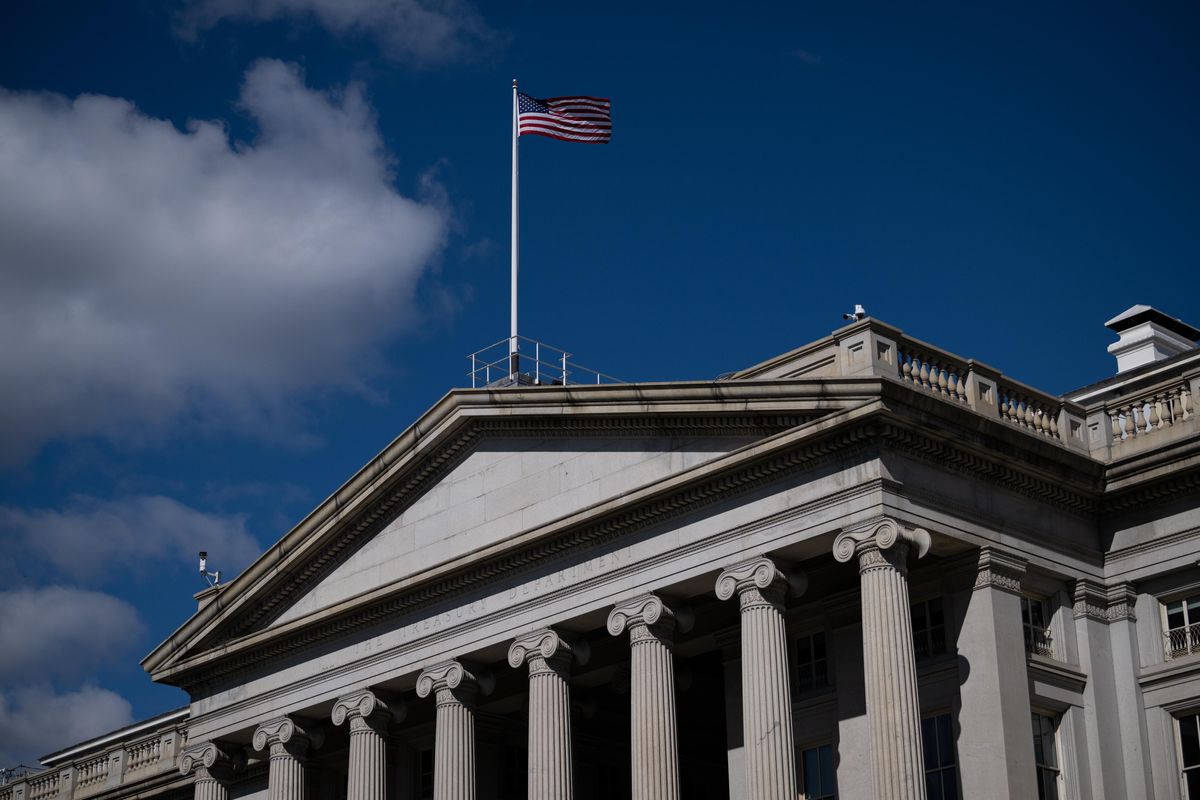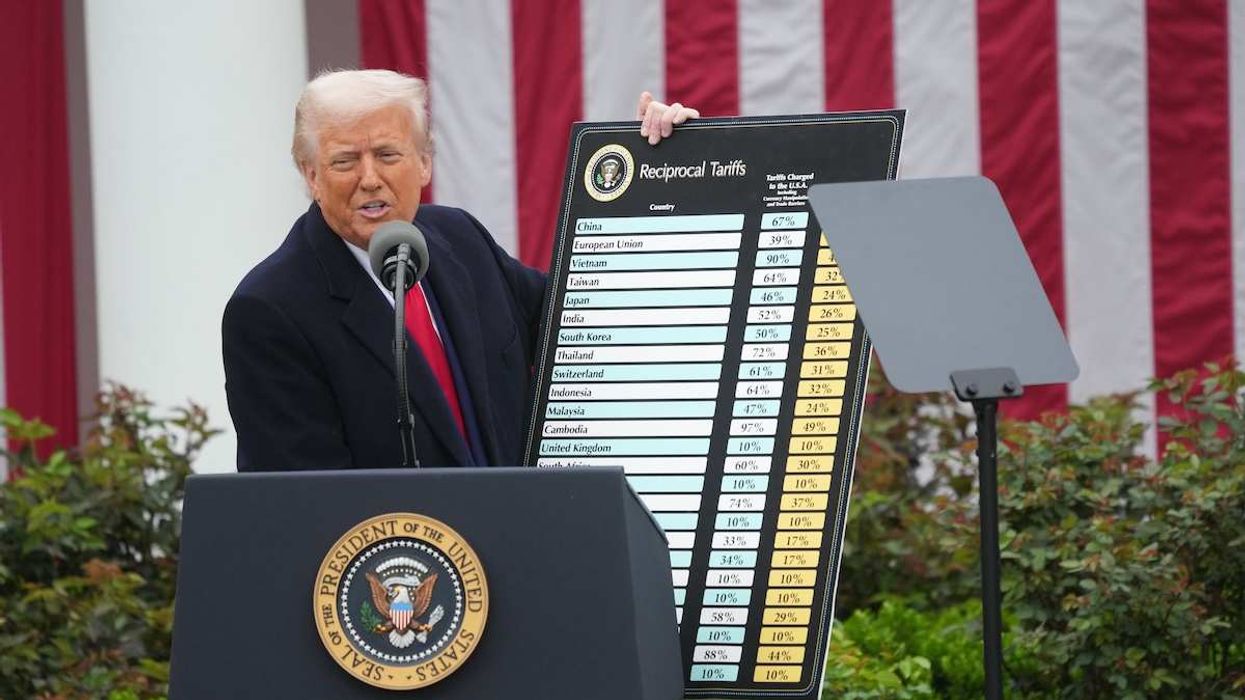The US government surpassed its debt ceiling early Thursday, prompting the US Treasury Department to implement a series of temporary emergency measures to avoid a US government default. What does this mean and why does it matter?
What’s the debt ceiling? It’s the maximum amount the US government can borrow to pay its bills. Essentially, the US government runs at a deficit, meaning it spends more than it makes from taxes. The US debt ceiling, created as a safeguard against overspending and overtaxation, has been raised 102 times since 1945, with the last increase raising the total amount to $31.4 trillion.
Raising the debt limit was rarely a partisan issue, until 1995, when the Republican-controlled House, led by Speaker Newt Gingrich, refused to fund President Clinton’s budget, leading to two government shutdowns. This set the scene for the ensuing political brinkmanship over the debt ceiling, which culminated in the 2011 faceoff between President Barack Obama and House Republicans, leading to the first-ever downgrading of the US government’s credit rating.
What happens if the government defaults on its debt? If Congress fails to increase the debt ceiling the US government will be forced to default on its loans for the first time in history. Not only would this shake investor confidence in US bonds, raising the prospect of a US recession, but because US debt is the cornerstone of the global economy – particularly amid the current global inflationary climate — it could also spark a global financial calamity.
So, what’s the holdup then? Politics, of course. Republicans, who hold a slim majority in the House, are refusing to raise the debt ceiling without a guarantee from the Biden administration that it will cut back on spending. (To be clear, economists say that Republican tax cuts in recent years in conjunction with Democratic spending contributed to the current deficit.) The White House, for its part, says that playing politics with something as delicate as the debt ceiling sets a dangerous precedent and has called on the GOP to greenlight an increase without pre-conditions.
What happens next? US Treasury Secretary Janet Yellen has said the agency will continue to deploy some accounting wizardry, which would buy the government time until June. If the problem hasn’t been fixed by the summer, however, the government could face a partial shutdown — and even default.
A seasoned politician, Biden will try to corral moderate Republicans into a deal. But House Speaker Kevin McCarthy — who recently underwent an embarrassing leadership vote and just scraped over the finish line — has his work cut out for him in convincing fiscal hawks in his party to come on board.

















